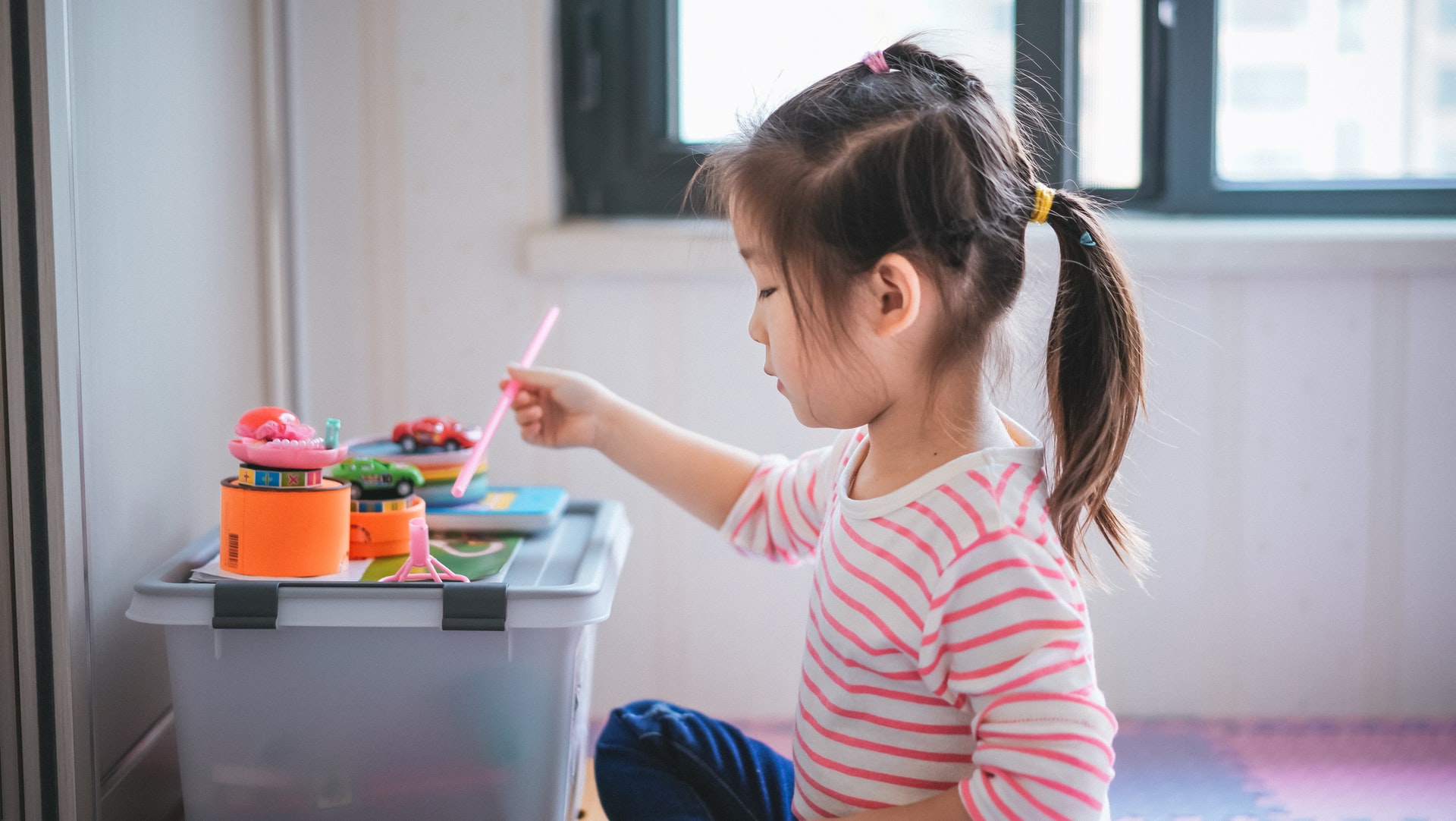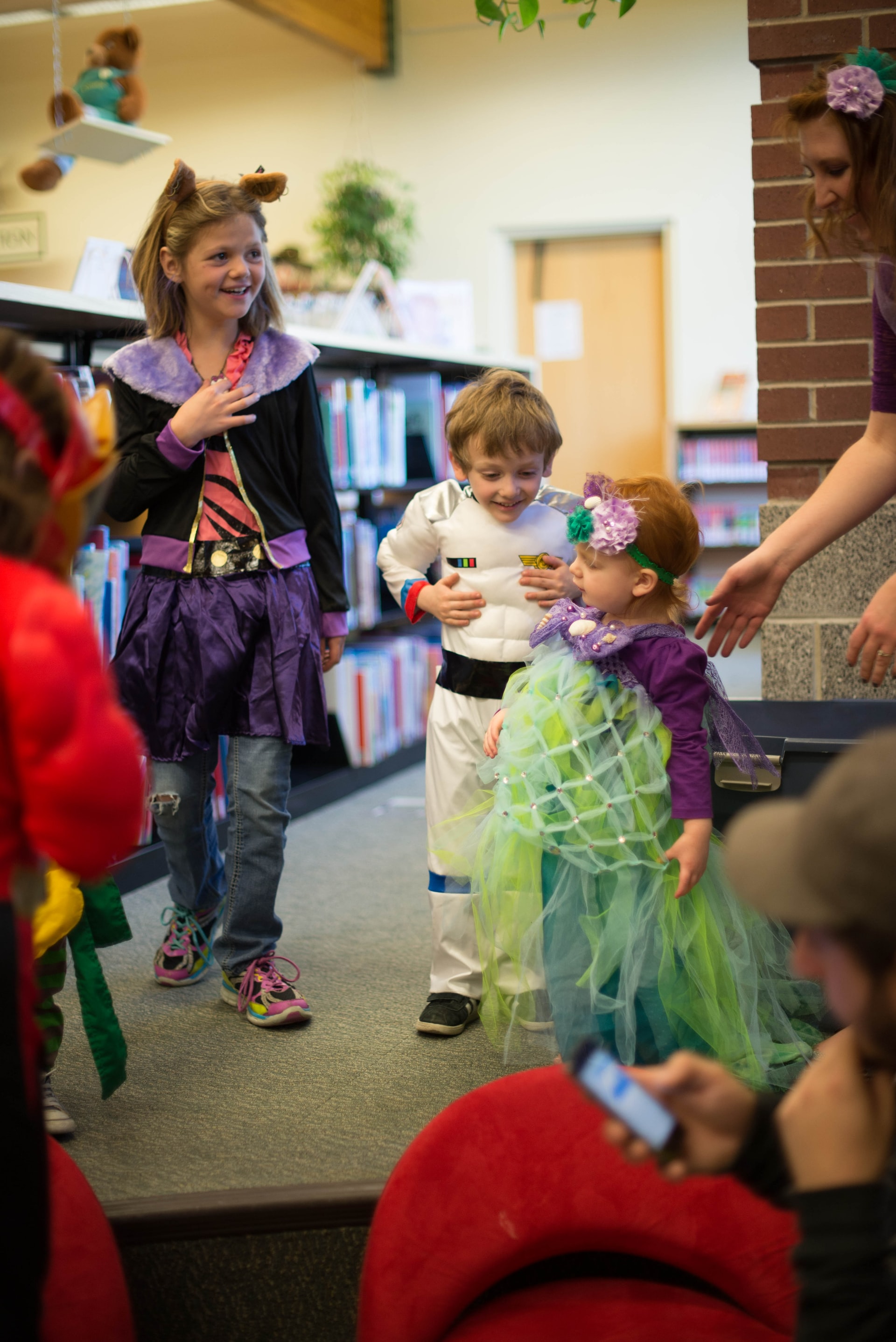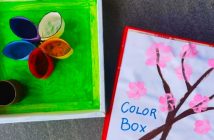It’s not easy for parents to make the right academic decisions for their children. A miscalculation when deciding on one system or another could mean unfortunate results in the future, with the ultimate goal of academic and life-long success becoming a game of wait-and-see, as parents hope that theirs was the right decision. The situation is further complicated for parents of special needs learners. Whether physical or psychological, special needs learners face even more challenges in comparison with neurotypical learners.
This past weekend, Blossom Montessori School Beijing hosted a webinar for parents, to share why the Montessori Method shows such promise with special needs learners. In regular schools, such learners can often be precluded or excluded from classroom activities, and develop an acute sense of being different. While interacting with other students and the teacher, it is gradually impressed upon them that they ‘cannot’ do what other students can do.

Such learners are also prone to higher levels of stress, and because they are excluded from so much of what should make up healthy developmental activities for children, they are at risk of retreating into themselves or acting out to compensate. And, in the event these learners are introduced into a more ‘conventional’ learning system, their stress tends to be further heightened by having to deal with the frequent change of classmates, classrooms, teachers, and routine.
For learners with special needs, ranging from children with learning differences in reading, writing, spelling and/or math; ADHD; and mild-to-moderate autism spectrum disorders, a solid sense of routine is essential. In a Montessori system, children are taught in multi-age classes and work with the same teacher for up to three years. This creates stability for the students and teachers alike, and allows students to focus on their learning. Montessori trained teachers also encourage exploration among their students. Rather than creating a one-size-fits-all system to which students must get accustomed, each child ‘guides’ the teacher to what is important and stimulating for them.

The label of special needs doesn’t unilaterally apply to learners diagnosed with conditions, physical or otherwise. High intelligence learners could also be classified under this category, as they also need individualized attention to ensure they are intellectually stimulated and able to enjoy the learning experience. By catering to such a wide range of learning and teaching styles, and striving to meet each child at their specific point of need, the Montessori learning style could be the perfect fit for some special needs learners. But this is not done on the teacher’s caprice. According to Alessia Chizzoniti, who is affiliated with Blossom Montessori Beijing, any change to a student’s learning environment is done in consultation with diagnosticians for a more scientific approach.
It is important to know that a child with special needs is being recognized, acknowledged, and taken at his or her own pace, to match their unique learning path, their creativity, and their interests. And in a world which corrals learners into the same competitive, non-differentiated path to success, such a system might just be what a special needs learner needs to carve out their path to success.
Photos: Unsplash




